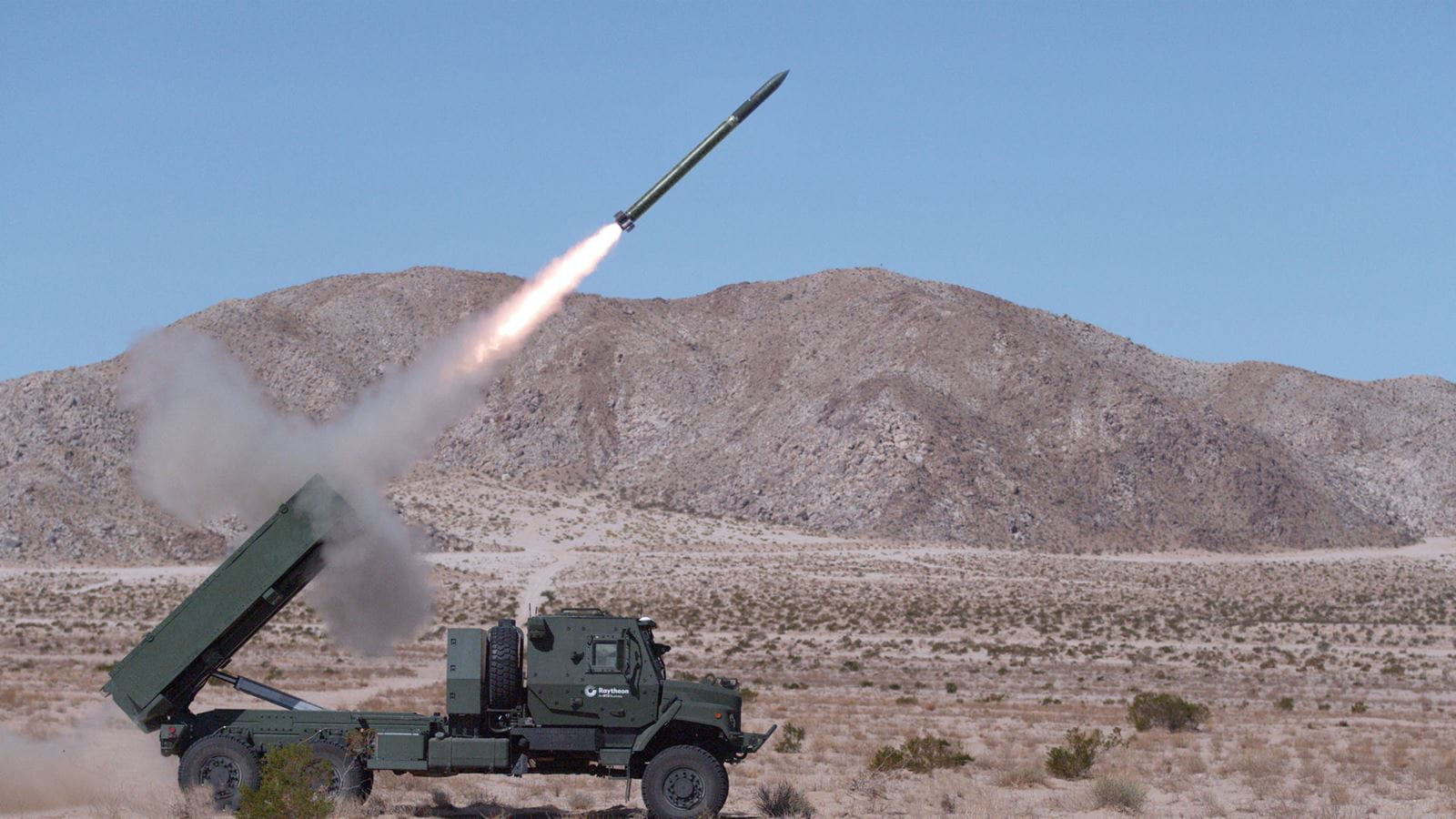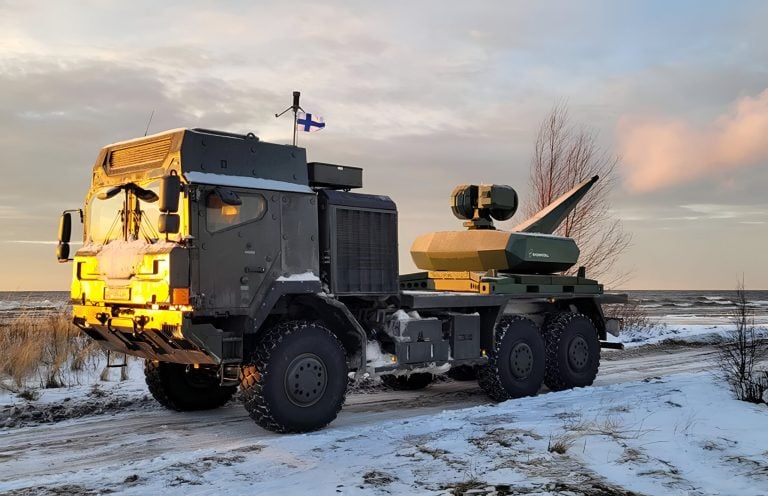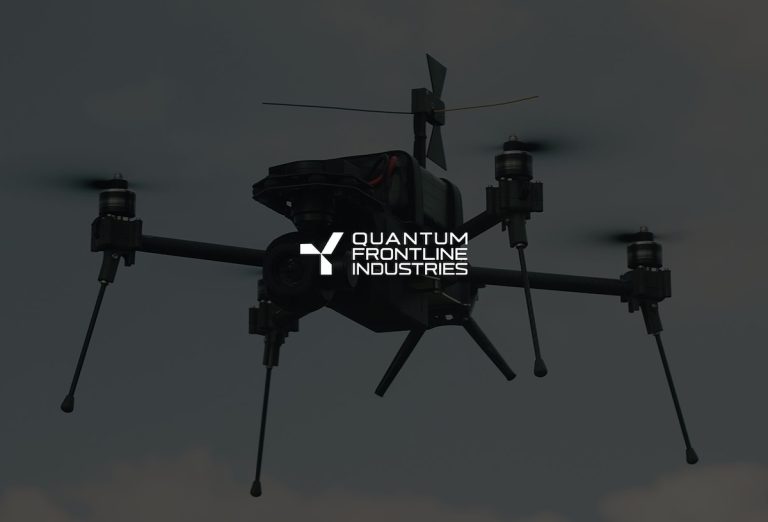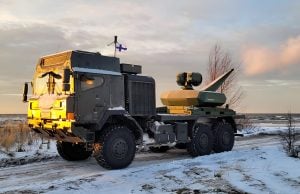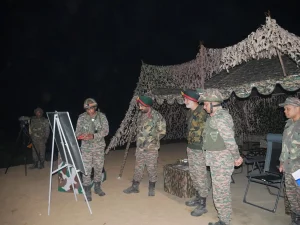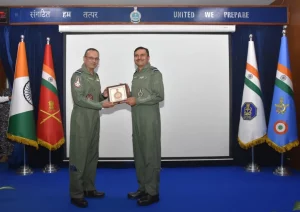Raytheon recently showcased the capabilities of its innovative DeepStrike driverless missile launcher during a live-fire test, collaborating with several defense partners. The event formed part of the annual Project Convergence Capstone 5 experimentation, where the launcher reliably completed three successful firings, achieving all target objectives.
This demonstration featured a missile developed by Raytheon for the US Army’s Joint Reduced Range Rocket program, mounted on the Family of Medium Tactical Vehicle A2, designed by Oshkosh Defense. The testing was further enhanced by the inclusion of a rocket motor from Ursa Major and autonomous driving technology provided by Forterra.
Brian Burton, Raytheon’s vice president of precision fires and maneuver, emphasized the demonstration’s importance, stating that it showcased revolutionary autonomous launcher technology capable of operating in all weather conditions and terrains, including challenging battlefield scenarios.
The DeepStrike missile launcher represents a significant advancement in the US Army’s Long-Range Precision Fires initiative. This long-range, precision-guided system is engineered to target and neutralize high-value enemy assets, such as command centers, air defense mechanisms, and critical infrastructure. With its autonomous capabilities, the launcher not only enhances operational flexibility but also extends the range of firepower available to the military.
In addressing the system’s utility, Burton noted, “The feedback so far has been pretty positive,” highlighting the enhanced capabilities it brings to modern warfare. The DeepStrike system also serves as a force multiplier, showcasing its adaptability by firing missiles of various sizes.
Looking ahead, Raytheon plans to conduct further testing in challenging environments to validate the DeepStrike’s autonomous performance. “We’re gonna do more testing,” Burton added, acknowledging the complexities autonomy will face, such as fog and rain, alongside obstacles like destroyed enemy vehicles. The commitment to rigorous testing indicates a strong focus on ensuring the system’s reliability and effectiveness in real-world operational scenarios.
